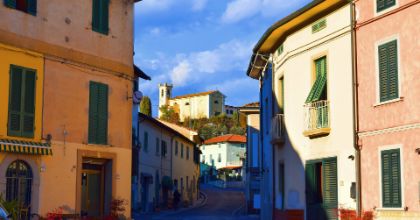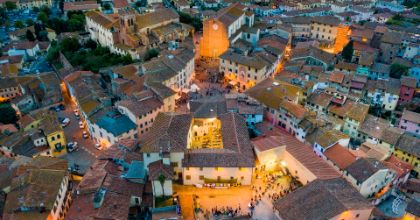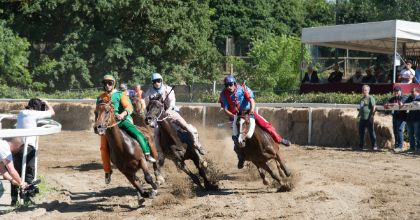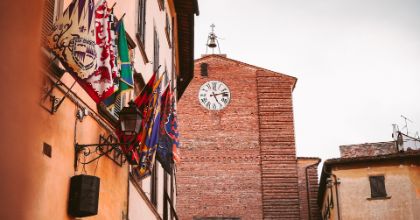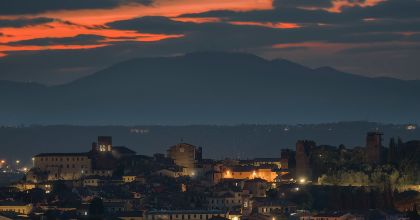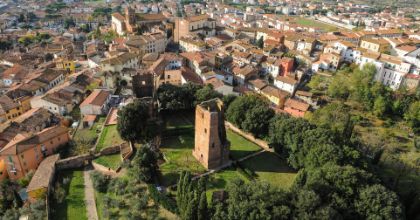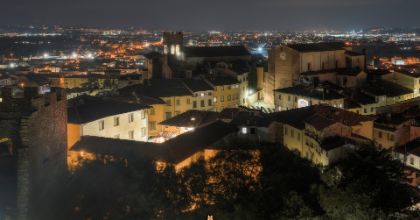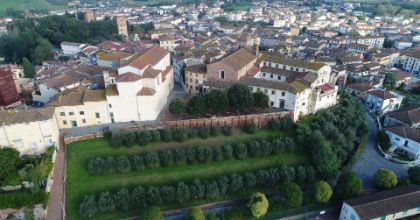In the spring of 2005 a pair of white storks nested for the first time over a trellis, in an area located on the edge of the Padule of Fucecchio. An event like this has not happened in Tuscany for three centuries and since then the show is repeated every spring, under the constant control of the scholars of the Natural Reserve of the Padule of Fucecchio and under the curious eye of thousands of visitors arrived to witness the phases of the nesting and the first flight tests of the younger ones.
The return of the white stork
After centuries waiting
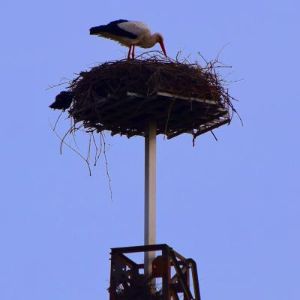
The White stork (Ciconia ciconia) is a migratory species with Euro-Asian-Mediterranean distribution, nesting in the middle latitudes in Europe, Asia Minor and North Africa and wintering mainly in Africa, south of the Sahara. The main migratory routes pass through Gibraltar and the Bosphorus, but also Italy is affected by a growing spring and autumn passage, probably due to the increase of the populations of neighboring countries, such as Switzerland and France.
What makes extraordinary the naturalistic event of 2005 is the previous extinction of this bird, which reproduced in Roman times throughout the country, but which had ended up disappearing perhaps since the sixteenth century. The situation, has then remained unchanged for centuries, for various causes: hunting for food (in the Renaissance), environmental alterations, illegal killing of specimens in the reproductive period and, finally, for the multiplication of power lines.
For this reason, in 1985 the LIPU (Italian League for the Protection of Birds) promotes an awareness campaign and a first reintroduction project, which involves the construction of breeding centers for white storks; after twenty years of commitment to the conservation of the species, in the 2005 breeding season as many as 160 pairs nest in many Italian regions, including Tuscany. In Fucecchio, a mixed couple is the protagonist of the first free nesting: she comes from the breeding centre of Massa Marittima, he is probably wild; the couple reproduces successfully also in the following years, while in 2007 two other specimens nest in Titignano and the year after a third pair nests in the WWF Oasis of Bolgheri. The number of Tuscan nests continues to grow in the following years, confirming the effectiveness of that slow and gradual process of recolonization of the species that, over time, has benefited from the adoption of protection measures and environmental improvement works.
